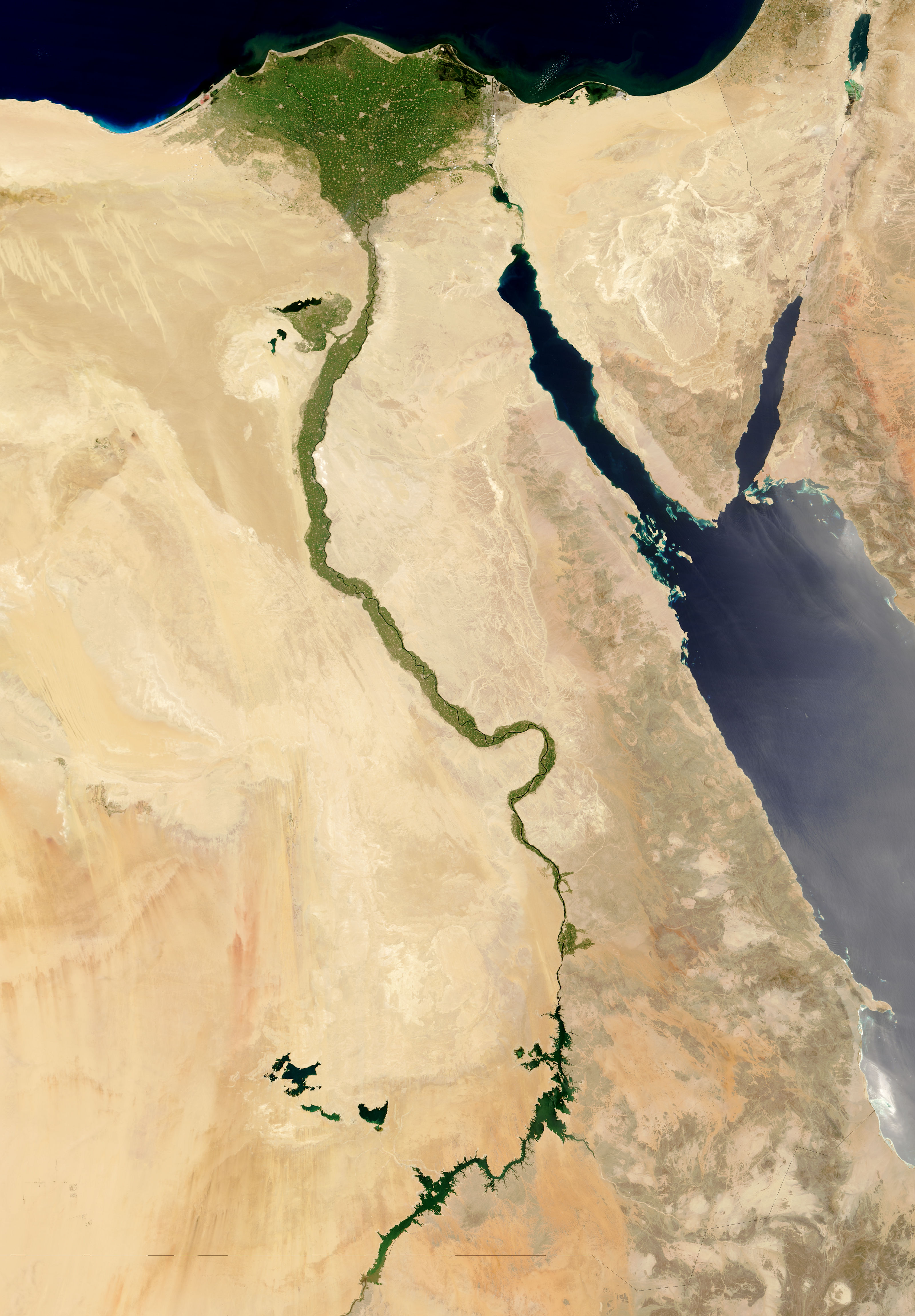"G"
Government
As early humans began to migrate to new areas, they interacted with other humans and began to engage in this economic activity, exchanging surplus goods for scarce goods from others.
Trade
This type of geographic feature describes a body of land that is almost entirely surrounded by water on all sides (pictured below):

Peninsula
This term translates to "land between two rivers" and is the cradle of early human civilization.
Mesopotamia
This type of religion centers on multiple gods/goddesses
Polytheism
"L"
Language
Hunting and Gathering
Early human civilization first began along the shores of these two rivers in modern day Iraq and Syria.
Tigris and Euphrates
Early civilization begins the process of humans moving from living in small family communities to these population centers.
Cities or Urban Centers
This type of religion centers on one god/goddess
Monotheism
"R"
Religion & Philosophy
This type of resources describe things that can be put to use producing additional resources, examples are things like wheels, plows, and work animals.
Capital Resources
The sea shown in the center of the map below, connecting Africa, Asia, and Europe by water is called:

The Mediterranean Sea
These politically independent and powerful population centers served as the first governments in human history.
City States
This ancient polytheistic religion believed that individual who died had their heart weighted against a feather. Those hearts that were lighter went to the afterlife; those that were heavier had their souls destroyed.
Traditions and Customs
This technological advancement allowed early humans to generate food surpluses, but required them to stay in one place to protect this food.
Agriculture or Farming
The river shown in the map below is called:
The Nile River
This first set of laws issued "reciprocal" punishment for crimes, including the taking of an eye if someone of equal class who took the eye of another (and eye for an eye). These laws also set rules for slavery and taxation and allowed the creation of empire.
Hammurabi's Code
This building (pictured below) served as the center of religious worship in Sumerian civilization:

Ziggurats
Social Organization
This economic term describes the shift in early human behavior from individuals being able to complete many different jobs, to focusing on one specific economic role in society.
The image shaded in orange in the map below, where the first civilizations were first created is known as:

Fertile Crescent
The first civilizations were called this, and began around 5000 BCE.
Sumerian Civilization (Sumer)
This term describes subsections of larger religions, believing in the overall philosophy of a religion, but having different rituals or methods of worship.
Sects